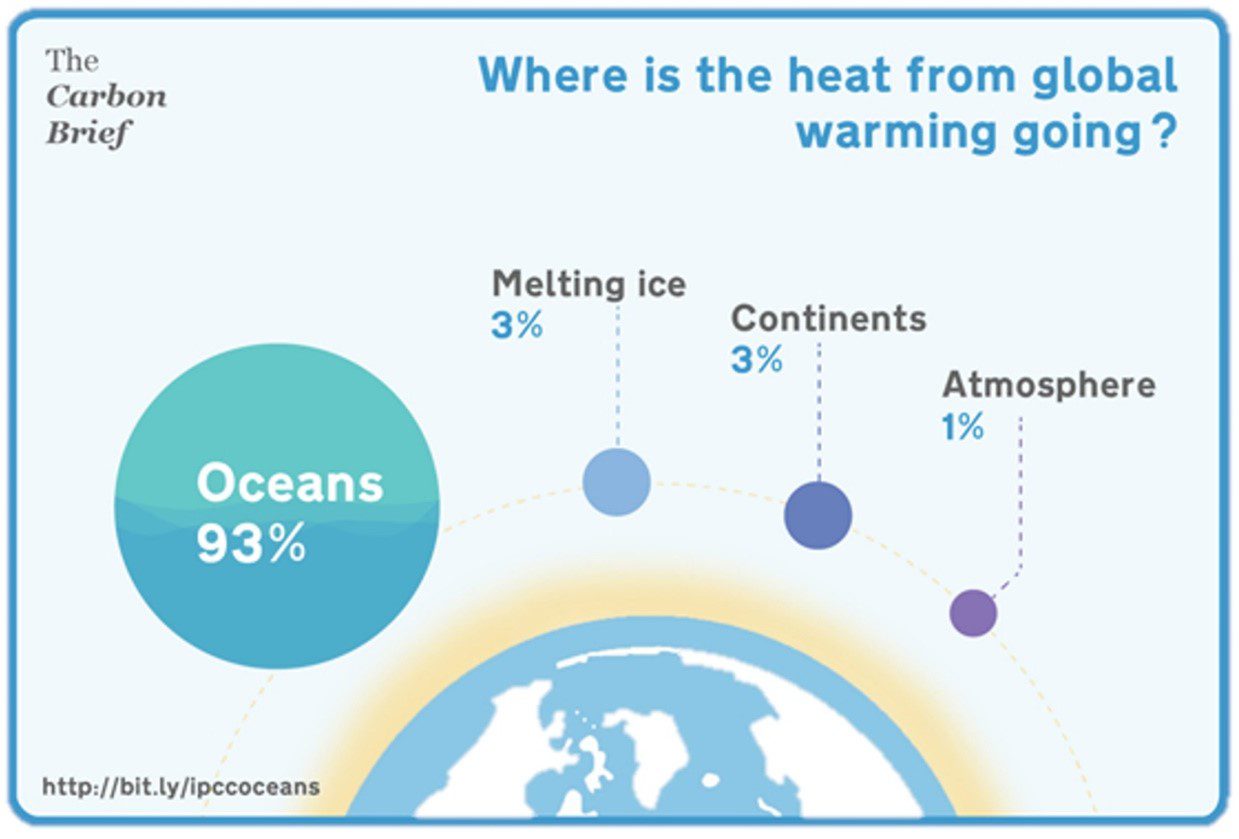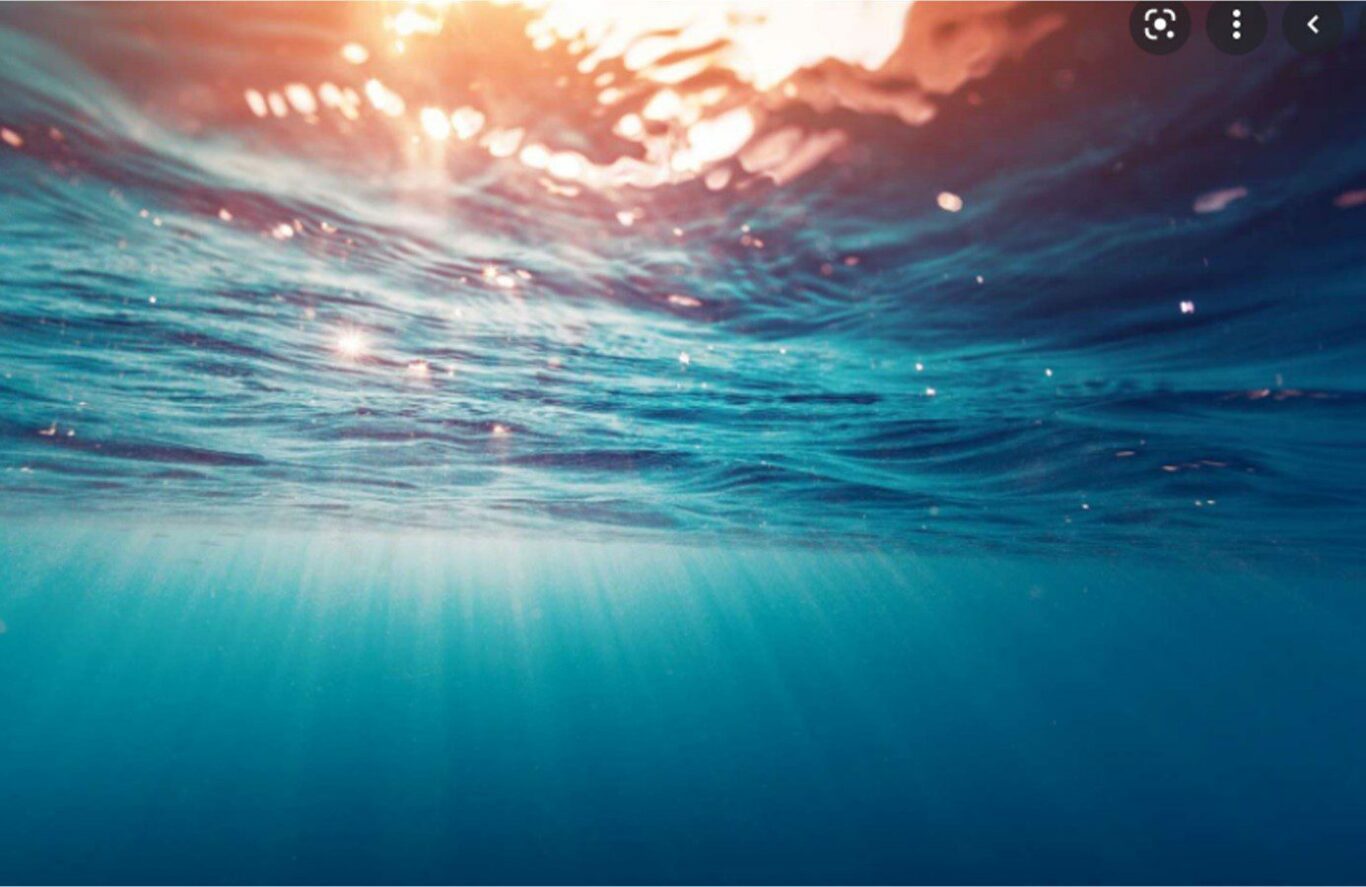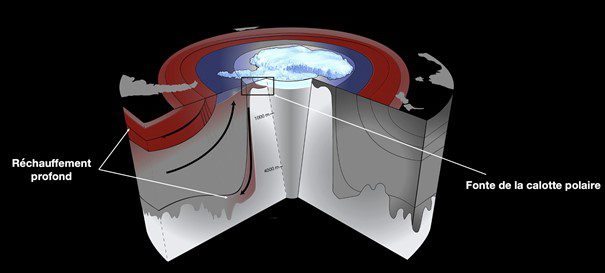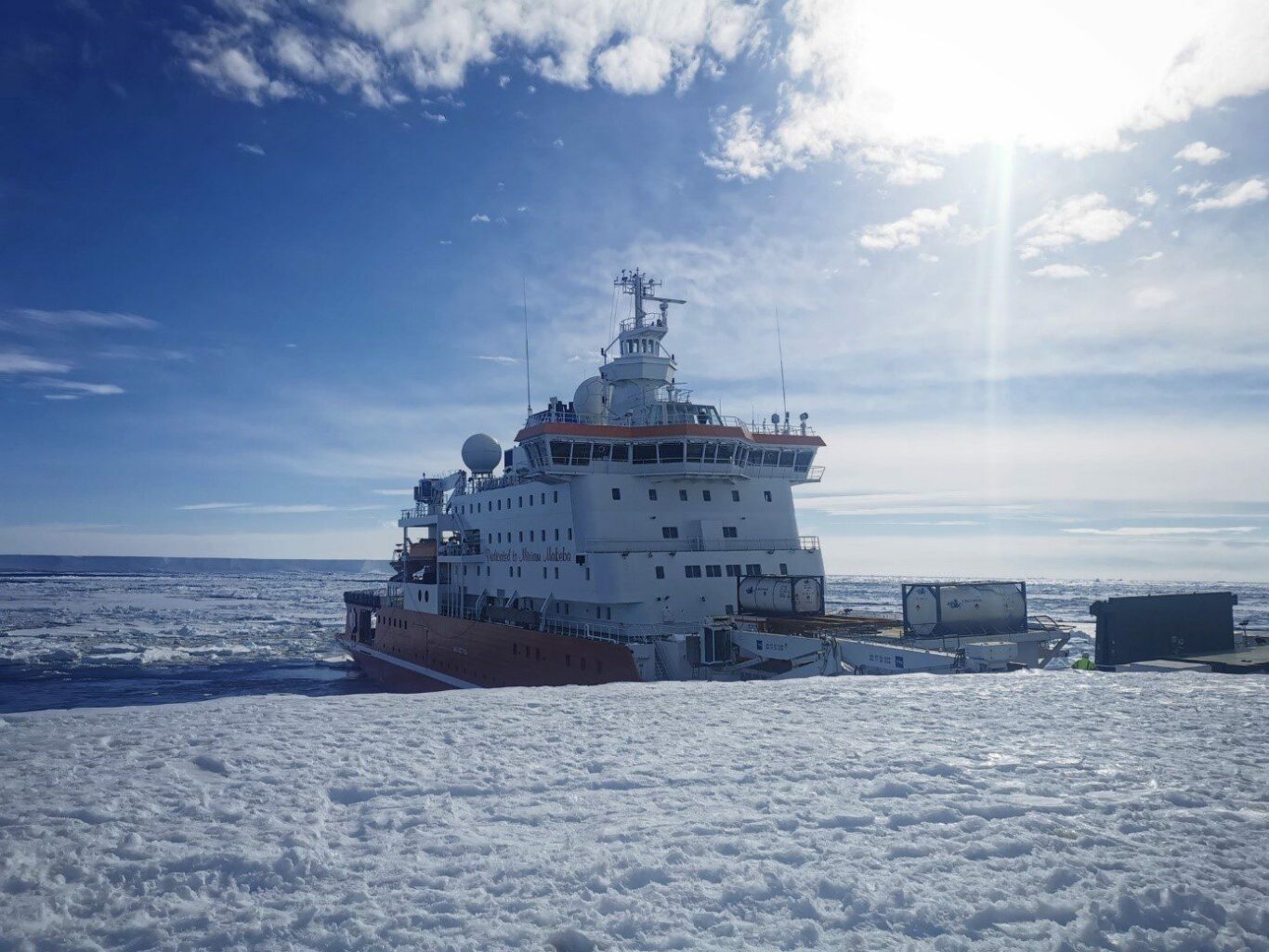Why are we going on an icebreaker in the Southern Ocean?
An explainer from SO-CHIC coordinator, Jean-Baptiste Sallée (Sorbonne Université, France)
Let me tell you with this short explainer how this polar ocean is a real thermostat of the planet, and what we are going to do there!
As the last IPCC report published in August 2021 tells us, global warming has been unprecedented for more than 2000 years. 100% of this warming is due to human activities.

But this atmospheric warming is only a tiny part of the story: barely 1% of the energy accumulation that is associated with climate change. So where is all the heat?

It is below the ocean surface that we realise the magnitude of climate change: more than 90% of the heat from climate change is found there!

And this role of the ocean as a sponge is particularly effective in the Southern Ocean: more than 75% of ocean heat absorbed by the oceans globally enters via the Southern Ocean. It also absorbs huge amounts of carbon.

The Southern Ocean reduces atmospheric warming and extremes of weather that we experience around the world. We don’t realise it, but it is crucial to our daily lives. But why this ocean in particular?

The Southern Ocean is immense, representing more than a third of the planetary ocean surface; it is unique in many ways and a place of extremes: violent winds and currents, sea ice, in contact with the Antarctic polar ice sheet, a refuge for a unique biodiversity…

The extreme climatic conditions and the presence of ice allow the establishment of a unique circulation connecting the surface and the depths of the ocean, with the establishment of what could be seen as an underwater waterfall propagating the climatic signals to the ocean’s depths.
The Southern Ocean is a keystone of the global ocean circulation, the conveyor belt connecting all the oceanic regions of the world and regulating the global climate.

But this service it provides us comes at a high cost. Its subsurface is warming rapidly, down to the abyss; it acidifies and loses oxygen. This impacts the unique biodiversity of the region, causes sea level rise, and threatens the stability of the Antarctic ice sheet.

It is in this context and for these reasons that the European Commission mandates us through the SO-CHIC project to fill important knowledge gaps on the role of the Southern Ocean for the climate.

The main questions we are tackling are:
(i) Will the Southern Ocean carbon and heat sponge continue to function as efficiently in the future?
(ii) Can we expect abrupt releases of heat and carbon into the atmosphere?
The SO-CHIC program brings together experts on the Southern Ocean and climate, using a combination of observational and numerical modelling tools.

The current field mission is one of the contributions to the project’s multi-year observational program using a variety of ships.


